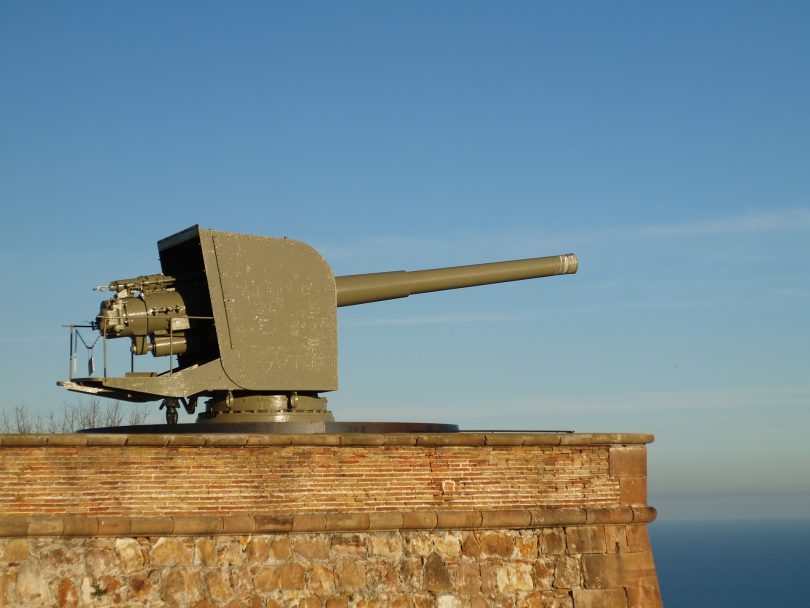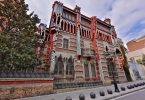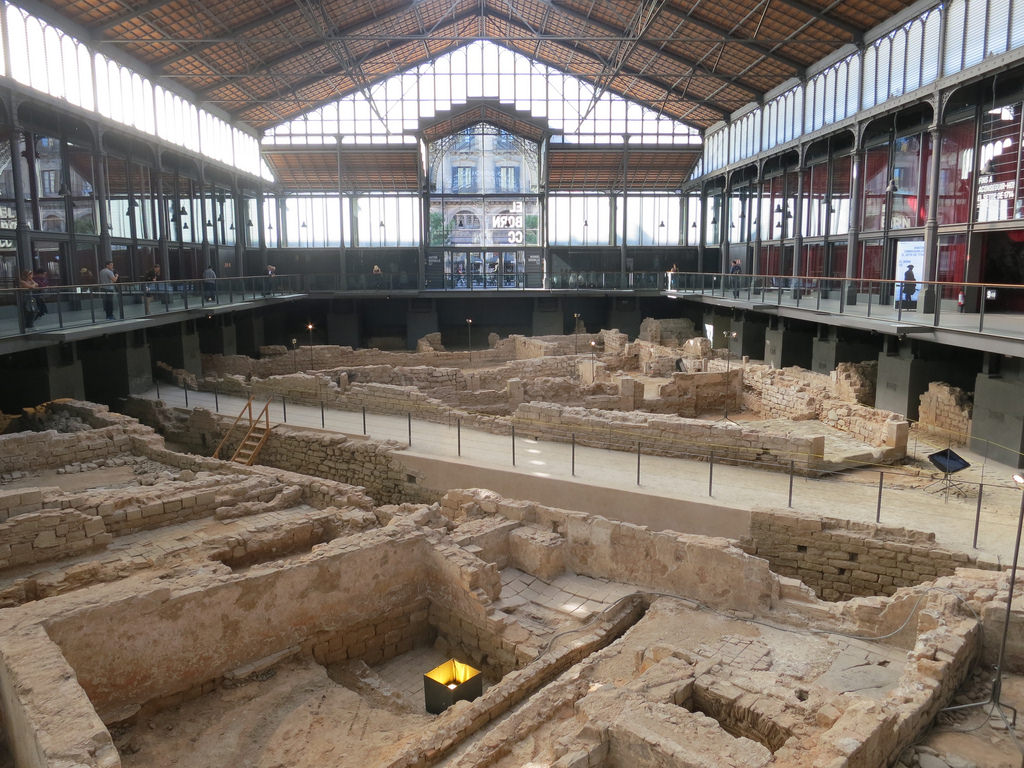From the 17th of July 1936 to the 1st of April 1939, Spain was engulfed in a bitter Civil War that affected every region in the country. The battle continued on even after the Nationalists and General Francisco Franco won, imposing his will on Catalonia and squashing dissent in bloody form. Even though Spain is a democratic nation again today, the ruins of the Civil War still stand in the surviving barracks and graves of Catalonia’s heroes. Here are a few of these resting places and remains of the conflict you can find in Barcelona today.
Related article: Things you probably never noticed in Barcelona
Table of Contents
Bunkers of the Ginardo



Photo by Unaitxi via Visualhunt
At the top of the Turó de la Rovira hill in El Carmel, the surviving underground military Bunkers of the Guinardo still give visitors a great view of the city. Their origins, however, were not for tourist purposes, but for the ruling Republican government in the Civil War to shoot out any air attacks from the Nationalists led by General Franco. Following Franco’s win and the purge of all Republican sympathizers in the area, many people were forced into poverty and became refugees in their own land, seeking out the bunkers as a safe place to hide. By the late 50s and early 60s, a few thousand were sleeping in and around the hill and its bunkers.That changed when the city, preparing for the Olympics in 1992, gave all of the squatters housing in proper areas and the hill was left abandoned. Only in 2011 did the area catch the attention of historians when the barracks were restored and reopened to tourists, giving people a 360-degree view of Barcelona below. The viewpoint today includes a visual guide to the history during and after the conflict and excavations of all the bunkers.
Address: Marià Labèrnia s/n 08032
Air rade shelters



Photo by Arrels Fundació via Visualhunt
One of the surviving air rade shelters you can still see today is Refuge 307 in the Poble Sec neighborhood at the bottom of Montjüic mountain. It filled up to 2000 people, had three entrances, a 200-meter long tunnel, and multiple rooms including toilets and a natural water fountain.
Plaza del Diamante, meanwhile, was a small shelter with only room for 200 people that stood 12 meters underground. It’s located in the heart of Gracia in a discreet location that requires reservations ahead of time.
Addresses: c/Nou de la Rambla, 175 08004, Plaza del Diamant, 232
Tomb of Jose Buenaventura Durruti



Photo by neverending september via Visualhunt
In Montjuïc Cemetery, along with the likes of artist Joan Miró, Catalan leader Lluís Companys, and former Olympic Committee head Juan Antonio Samaranch, lies the resting place of José Buenaventura Durruti. Durruti was an anarchist who played a massive role in the Anarchist movement in Barcelona in the years before the Civil War. He worked with both the militant Federación Anarquista Ibérica and the labor union Confederación Nacional del Trabajo. On the 19th of November 1936, while in Madrid three months into the Civil War, he was wounded in an attack by the Nationalists and died the following day. His funeral was attended by over a half million people and his grave remains one of the most visited in the country, particularly among supporters of anarchism.
Address: Carrer de la Mare de Déu de Port, 56 – 58, 08038
Fossar de la Pedrera



Photo by Daniel García Peris via Visualhunt
The Cemetery of the Quarry, as it translates to in English, was a mass grave for 4,000 people killed in the White Terror when the winning Franco regime killed off Republican supporters of all kinds from liberals and communists to Freemasons and non-Catholic Christians. It would remain unmarked until 1985 when a memorial was constructed in memory of those killed during Franco’s regime. Other memorials on site include a tribute to all victims of the Nazi regime, a bronze statue to those executed by Franco’s regime throughout Spain, and a memorial to anarchists killed in the Civil War.
Address: Carrer de la Mare de Déu de Port, 56-66, 08038
Related article: MUHBA: Museu d’Historia de Barcelona
During and after the Spanish Civil War, an estimated 610,000 people were killed and another 400,000 became refugees fleeing to France and other nations to avoid falling under the iron grip of Franco’s dictatorship. Several decades later, every region of the country still recognizes the impact of the war through memorials and historical sites. In Catalonia, Civil War history can be found at these memorials today, a living testament to what the city of Barcelona endured.
Looking for an apartment in the city? ShBarcelona can help you find the perfect one.





















Leave a Comment